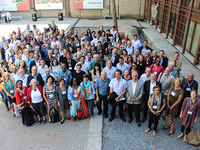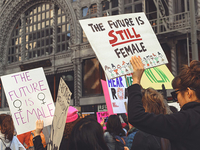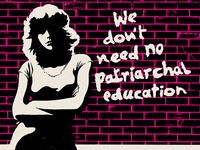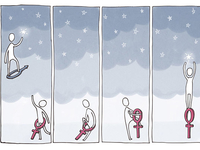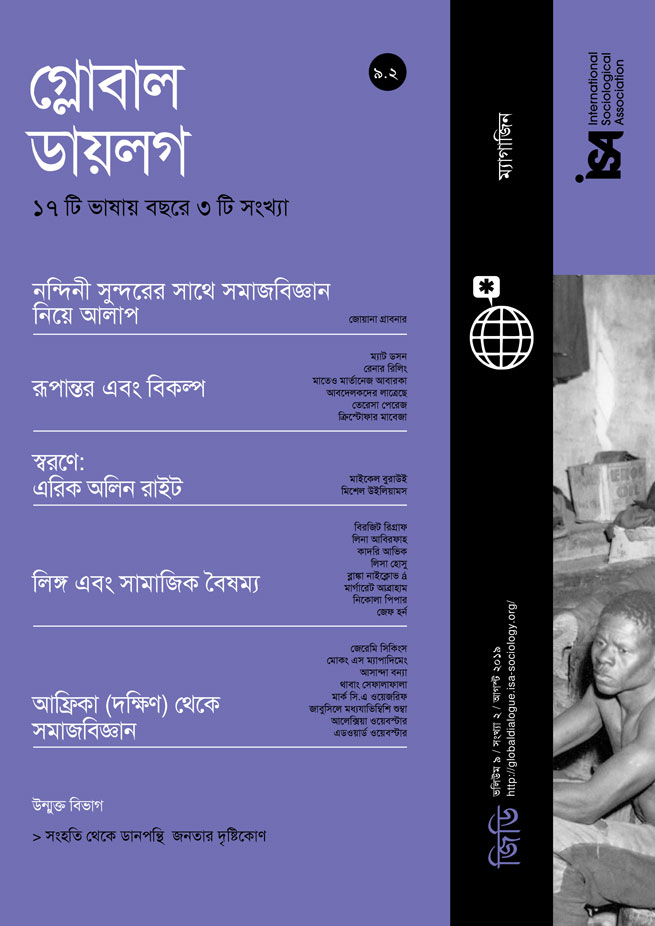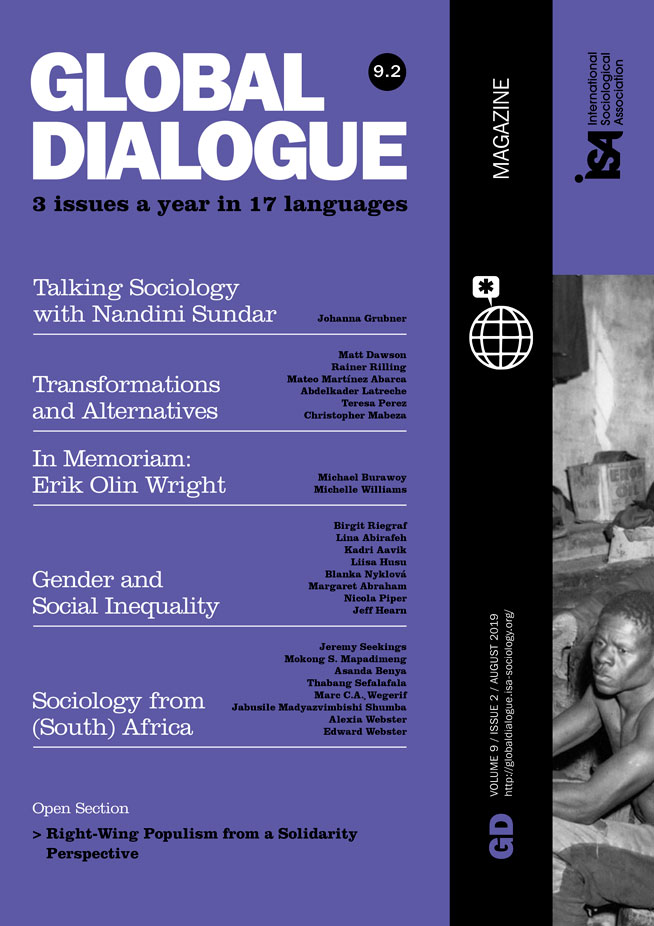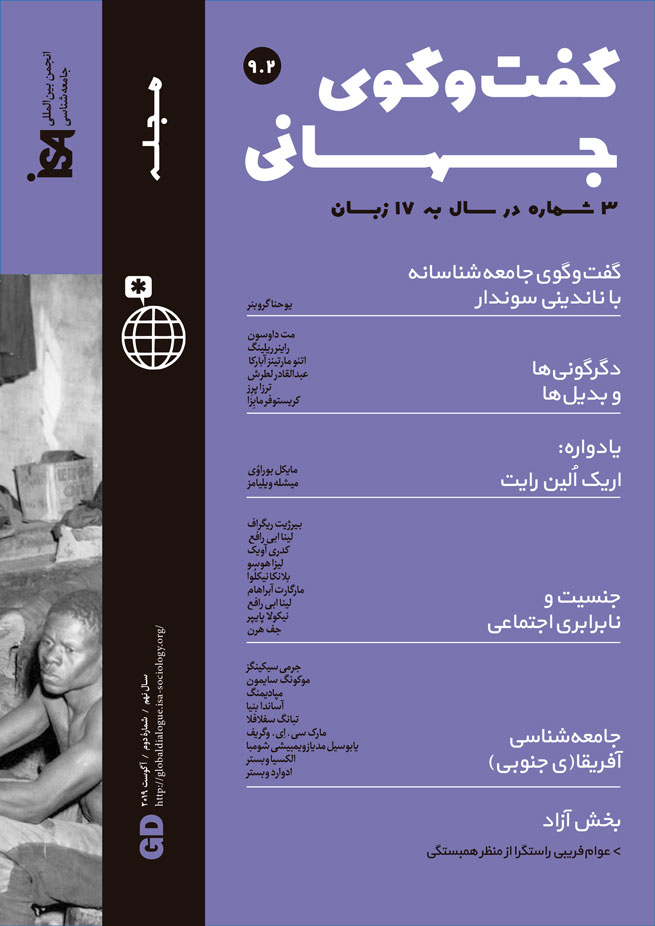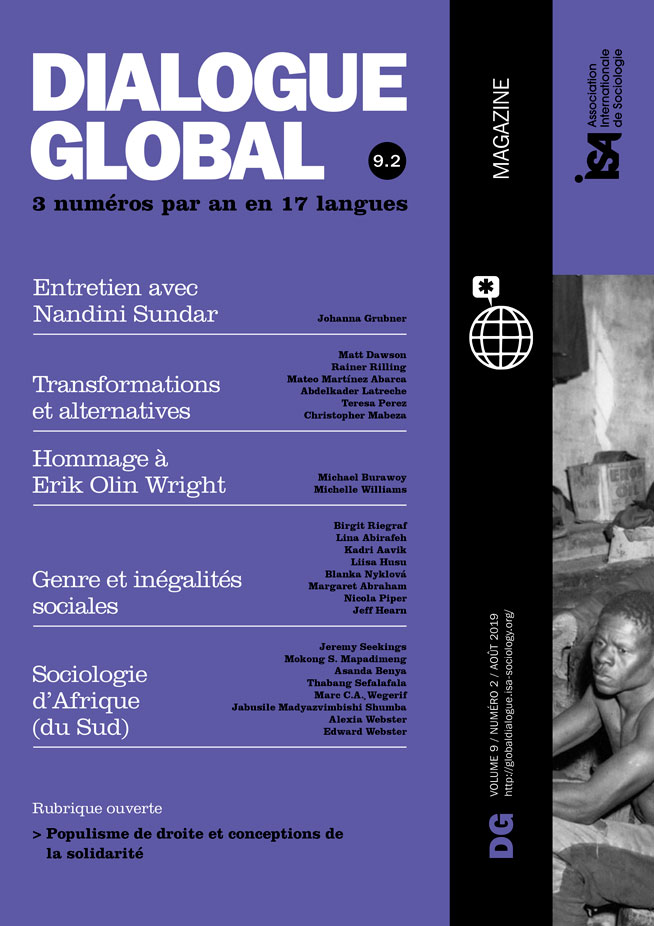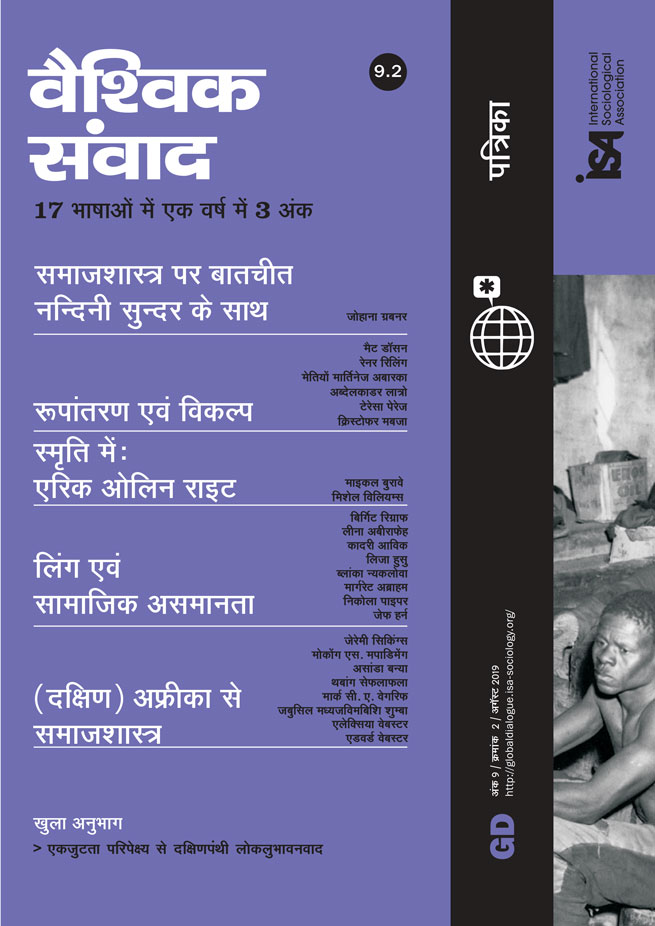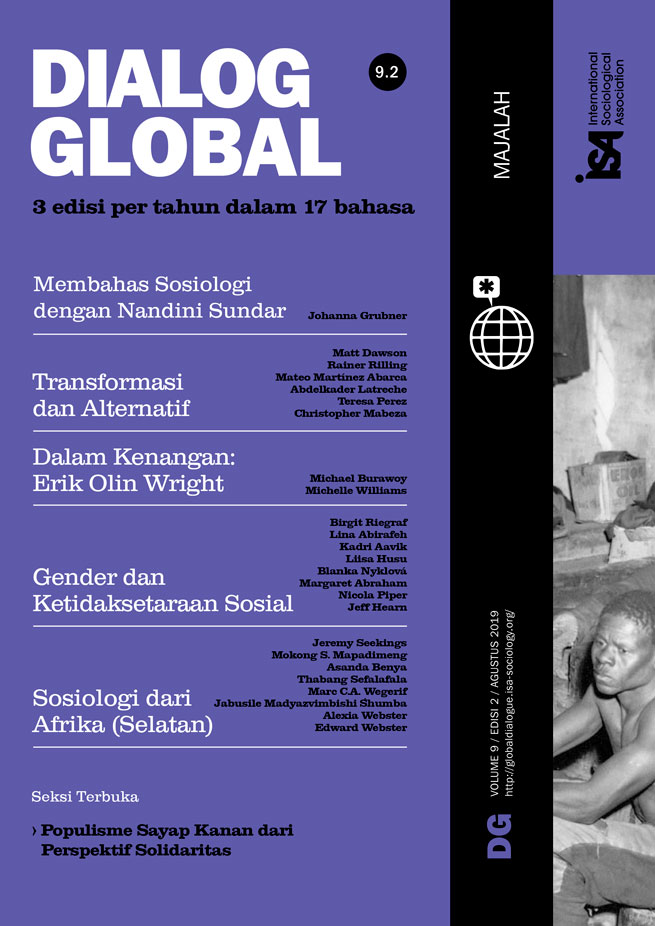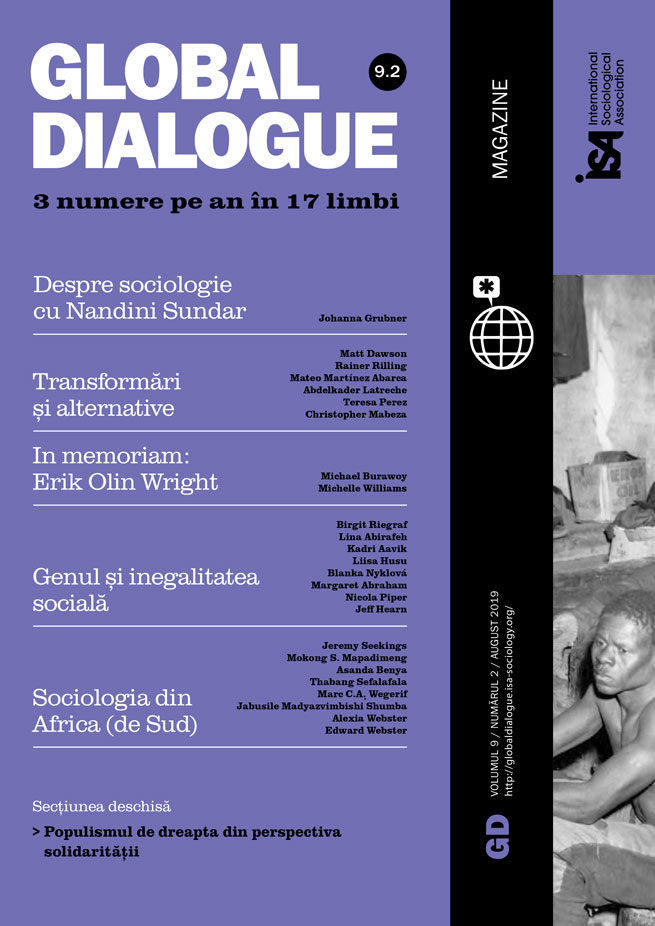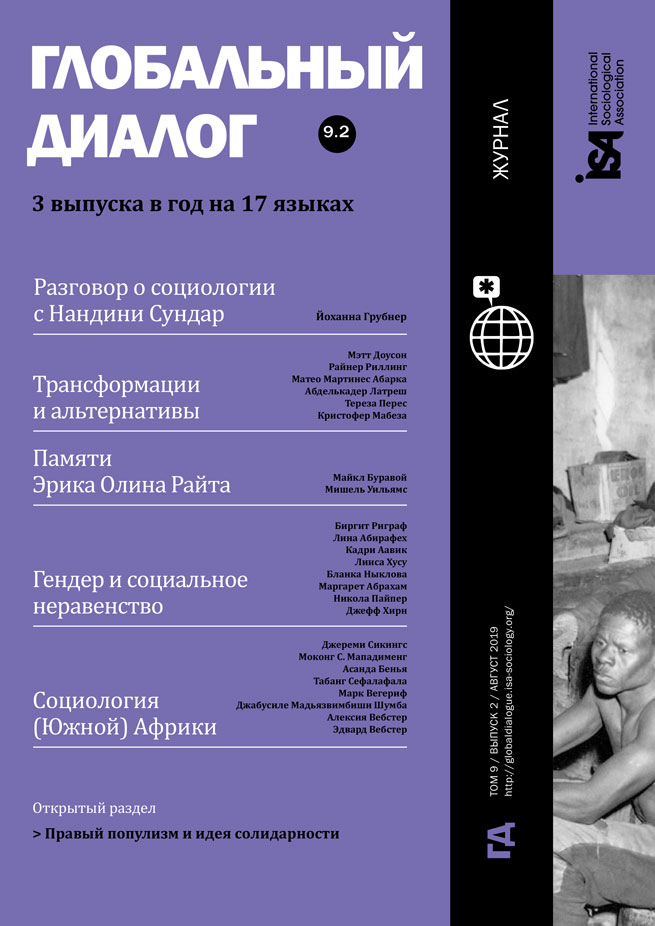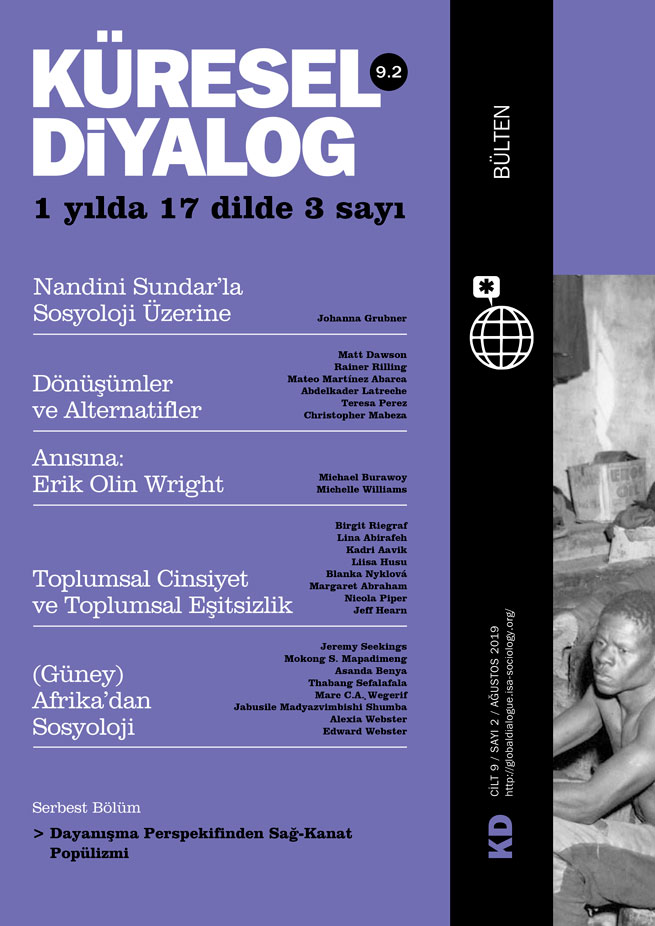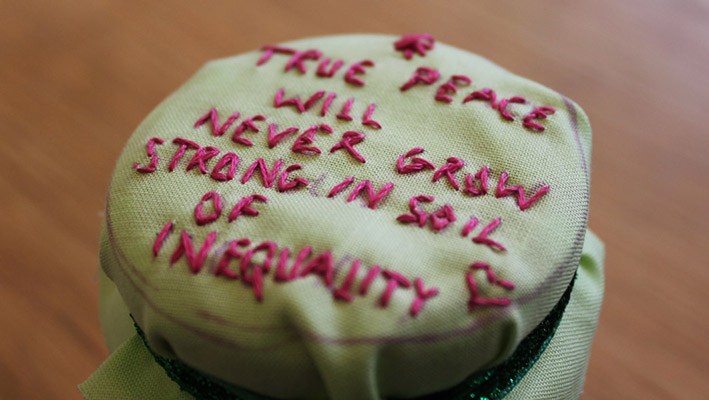While gender inequality is an unfortunate global reality, the Arab region faces not only the greatest gap, but also significant challenges in redressing this inequality. The region has long suffered economic and political insecurities, compounded by socio-cultural obstacles and a system of entrenched patriarchy. This toxic combination stalls – and in many cases, reverses – progress toward gender equality.
This is further compounded by multiple protracted humanitarian crises, such as those in Syria, Palestine, Yemen, and Iraq. Throughout the region, instability is becoming the norm. These conflicts have destroyed systems of social protection, reduced access to safe services and support, displaced communities, and increased vulnerabilities, bringing new insecurities for women. In times of conflict, gender equality goals quickly disappear from the agenda.
The 2018 World Economic Forum Global Gender Gap Report provides critical insight into the extent of gender inequality in the Arab region. The report measures four dimensions: Economic Participation and Opportunity, Educational Attainment, Health and Survival, and Political Empowerment. At present, the Global Gender Gap score stands at 68%, meaning that, globally, there remains a 32% gap to close. The Middle East and North Africa face the greatest distance from gender parity: 40%.
Countries in the Gulf, such as the United Arab Emirates and Kuwait, have reduced gaps in terms of economic participation and health, but gaps remain in wage equality. Qatar increased women’s political participation – from no women in parliament in 2017 to nearly 10% in 2018.
Despite its poor record in terms of women’s equality, Saudi Arabia has reduced wage inequality and increased women’s labor force participation. However, oppressive systems like male guardianship remain in place, restricting women’s freedom and mobility.
Jordan and Lebanon remain largely unchanged, despite Lebanon’s minimal progress on the ratio of women in parliament. Oman has a larger gender gap than in previous years due to decreased economic participation.
Women hold a mere 7% of managerial positions in the four worst-performing countries in the world, three of which are in the region - Egypt, Saudi Arabia, and Yemen. Of the eighteen countries covered in the region, twelve have regressed. At the current pace, the region would need 153 years to close its gender gap.
Gender inequality: The case of Lebanon
Lebanon presents a worthwhile case on point, despite its progressive appearance. The 2018 Global Gender Gap Report ranked Lebanon as one of the worst countries for women. The ten worst countries for gender equality globally include Saudi Arabia, Iran, Mali, the Democratic Republic of Congo, Chad, Syria, Iraq, Pakistan, Yemen – and Lebanon. In 2016, Lebanon was in 135th place out of 144 countries. In 2017, the country dropped to 137 of 144 countries. And in 2018, Lebanon ranks 140 out of 149 countries – behind most neighboring Arab countries, including Egypt, Tunisia, Morocco, Jordan, and Bahrain.
Lebanon’s extended episodes of civil strife, political deadlock, and economic limbo have sidelined the gender equality agenda. While the country seems to foster, at a surface level, a more liberal and progressive environment for women, the reality is far from equal.
Lebanon has ratified major international conventions including the Convention on the Elimination of all Forms of Discrimination Against Women (CEDAW) and the 1995 Fourth World Conference on Women in Beijing. The country has established national women’s machineries in the form of the National Commission for Lebanese Women in 1998 and the Ministry for Women’s Affairs in 2016. And Lebanon continues to create (although not fund or implement) national strategies for women’s empowerment. Despite these developments, the country lags behind on gender equality.
Women’s participation in political life remains unacceptably low. In June 2017, parliament turned down the proposal for a 30% women’s parliamentary quota in Lebanon. This was a significant setback for women’s rights activists. There are currently only six women in a parliament of 128 seats. Lebanese women continue to enter politics “in black,” as widows of former politicians, rather than representing themselves. As such, they continue to replicate sectarian interests rather than feminist interests, further fueling divides that have long impeded Lebanon.
Despite high literacy rates and levels of educational attainment among women, the gender gap remains pronounced in economic participation and opportunity. In 2017, women comprised approximately 25% of the total labor force, reflecting high levels of gender inequality in Lebanon’s workforce. The rate of unemployed adult women is double that of men. Neither employment policies nor laws protect equal opportunity, pay, or work-life balance. Lebanese women continue to be an under-utilized economic force, frequently relegated to feminized sectors and the informal economy – without adequate remuneration or protection in the form of minimal social benefits and wages, or safe working conditions. Additionally, women are under-represented in senior roles, particularly in male-dominated sectors.
Reform efforts in Lebanon are impeded by fifteen separate laws for the country’s diverse religious communities. These Personal Status Codes determine women’s fate in terms of marriage, divorce, inheritance, children, and so on. This is the most egregious manifestation of the country’s entrenched patriarchy. These codes endorse inequality between spouses and openly discriminate against women in all aspects of their lives. As a result, women’s bodies and lives are regulated by the different religious courts in the country.
The Lebanese legal system does include protections against some forms of gender-based violence, but consistent and equal enforcement is severely lacking, and incidents continue with relative impunity. Intimate partner violence is the most widespread form of gender-based violence in the country. In 2014, the Law on Protection of Women and Family Members from Domestic Violence was adopted by the Lebanese Parliament, but this new law failed to recognize marital rape as an offense.
In 2017, Parliament abolished Article 522 of the penal code that allowed the prosecution to drop charges against a rapist if he marries his victim. Also in 2017, a law was drafted to criminalize sexual harassment in public places and work places. To date, it remains a draft.
Despite years of advocacy, no law exists that prohibits child marriage in Lebanon, leaving the power within the hands of the religious courts. This issue is exacerbated in the case of refugees: rates of child marriage among Syrian refugees are increasing as a response to the ongoing crisis, and girls forced into marriage do not have access to legal protections from the Lebanese government. This serves as an urgent reminder that escaping conflict does not necessarily bring safety for women and girls.
The case of Lebanon reflects that of the Arab region as a whole: there is much more work to be done to achieve equality. The region must commit to accelerating this change; waiting 153 years is not an option.
Lina Abirafeh, Lebanese American University, Lebanon <lina.abirafeh@lau.edu>
